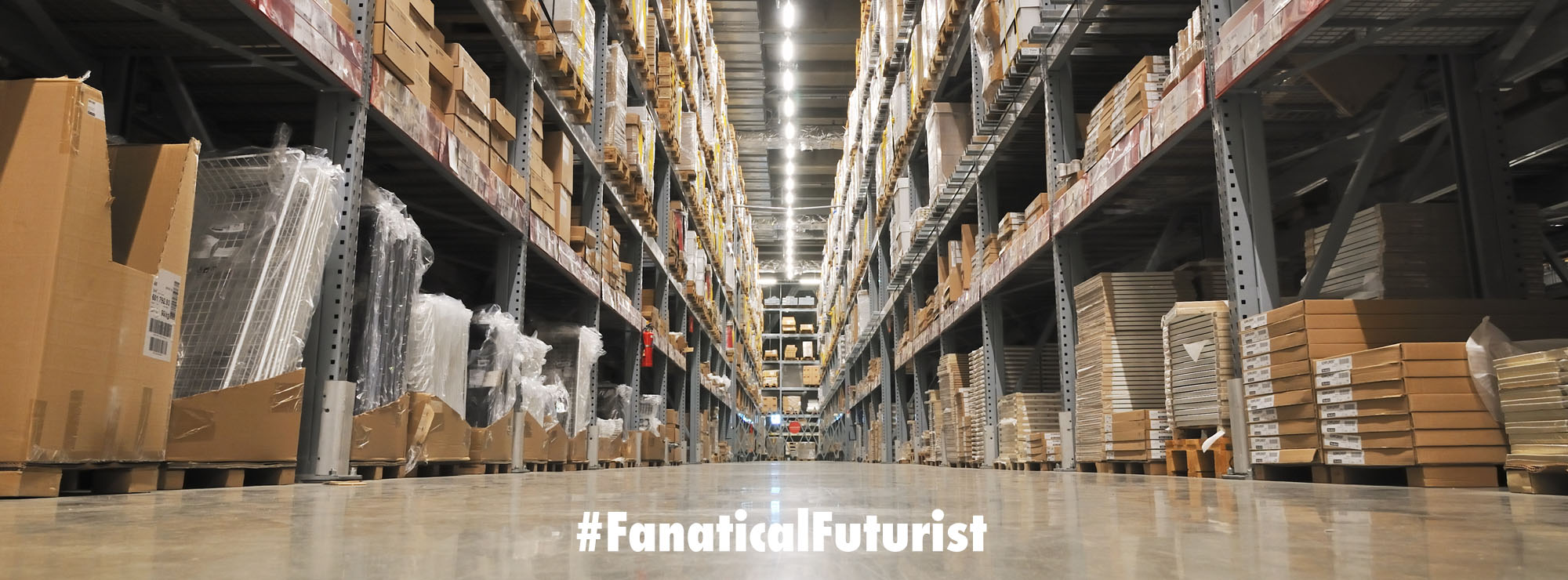
WHY THIS MATTERS IN BRIEF
The future of manufacturing will be molecular assemblers, and while they’re already here and making products they have a long way to go before they mature.
 Love the Exponential Future? Join our XPotential Community, future proof yourself with courses from XPotential University, read about exponential tech and trends, connect, watch a keynote, or browse my blog.
Love the Exponential Future? Join our XPotential Community, future proof yourself with courses from XPotential University, read about exponential tech and trends, connect, watch a keynote, or browse my blog.
A little while ago I shared how researchers out of MIT in the US had used viruses to help them create a new next generation Lithium Ion (LiON) battery – which was to all intents and purposes one of the first uses of an actual molecular assembler – as well as details of a new molecular assembler programming language. And now, as we see DNA and Molecular robots emerge and be used to create molecular production lines researchers from North Carolina State University have found a way to fine tune the molecular assembly line that creates anti-biotics via “engineered biosynthesis.” Ultimately not only will their work help create even better future molecular assemblers but it will also allow scientists to improve existing anti-biotics as well as design new drug candidates faster and more efficiently.
Bacteria such as E. coli use biosynthesis to create molecules that are difficult to make artificially.
“We already use bacteria to make a number of drugs for us,” says Edward Kalkreuter, former graduate student at NC State and lead author of a paper describing the research. “But we also want to make alterations to these compounds. For example, there’s a lot of drug resistance to erythromycin. Being able to make molecules with similar activity but improved efficacy against resistance is [our] general goal.”
Picture an automobile assembly line – each stop along the line features a robot that chooses a particular piece of the car and adds it to the whole. Now substitute erythromycin for the car, and an acyltransferase (AT), an enzyme, as the robot at the stations along the assembly line.
Each AT “robot” will select a chemical block, or “extender unit,” to add to the molecule, and at each station the AT robot has 430 amino acids, or “residues,” which help it select which extender unit to add.
“Different types of extender units impact the activity of the molecule,” says Gavin Williams, professor of chemistry, LORD Corporation Distinguished Scholar at NC State and corresponding author of the research. “Identifying the residues that affect extender unit selection is one way to create molecules with the activity we want.”
The team used molecular dynamic simulations to examine AT residues and identified 10 residues that significantly affect extender unit selection. They then performed mass spectrometry and in vitro testing on AT enzymes that had these residues changed in order to confirm their activity had also changed. The results supported the computer simulation’s predictions.
“These simulations predict what parts of the enzyme we can change by showing how the enzyme moves over time,” says Kalkreuter. “Generally, people look at static, non-moving structures of enzymes. That makes it hard to predict what they do, because enzymes aren’t static in nature. Prior to this work, very few residues were thought or known to affect extender unit selection.”
Williams adds that manipulating residues in this way allows for much greater precision in reprogramming the biosynthetic assembly line, and in short that’s why this technology will one day help create more efficient and more “programmable” molecular assemblers.
“Previously, researchers who wanted to change an antibiotic’s structure would simply swap out the entire AT enzyme,” Williams says. “That’s the equivalent of removing an entire robot from the assembly line. By focusing on the residues we’re merely replacing the fingers on that arm – like reprogramming a workstation rather than removing it. It allows for much greater precision. Using these computational simulations to figure out which residues to replace is another tool in the toolbox for researchers who use bacteria to biosynthesise drugs.”















